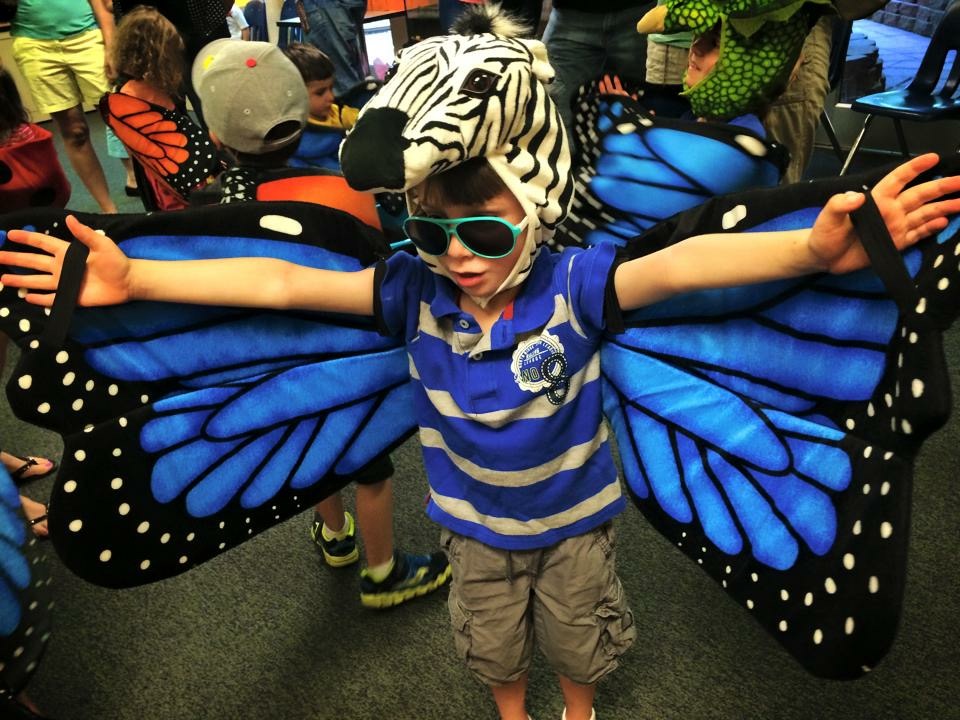 STEM (Science, Technology, Engineering, Math) has been the focus of educators for a few years. It is agreed that STEM classes are of high importance. The question of value is how early should children be engaged in learning?
STEM (Science, Technology, Engineering, Math) has been the focus of educators for a few years. It is agreed that STEM classes are of high importance. The question of value is how early should children be engaged in learning?
In knowing that STEM courses create critical thinkers, increase science literacy, and enable the next generation of innovators we must begin the learning early. These future pioneers will enhance our society with new products and inventions to strengthen our economy – so begin engaging young children in investigative activities.
Passive exploration in a young child’s education does nothing to help generate the natural curiosity of a child. As babies and small children begin to move about, they begin early exploration of their surroundings and the objects around them. This begins the foundation for learning and understanding STEM. The more children engage in interactive play and take initiative in their own ability, the stronger the foundation for future learning.
Engaging very young children (infants and toddlers) in multi sensory experiences are vital toward meaningful learning. These include projects and activities that involve seeing, hearing, touching, tasting, and smelling. Technology is important in the development of STEM. For young children, this includes crayons, paints, paper, scissors, markers, dough, blocks, and for some – electronic tablets for coloring, painting, and moving about objects to develop eye hand coordination and fine motor skills.
In teaching, guiding, or facilitating young children through STEM, you don’t need to know all the answers; all you need to know are the questions:
• Ask questions pertaining to learning concepts and link them to activities and to the real world.
• Have children analyze and reason what they are doing.
• Bainstorm creative ideas when beginning a new topic.
• Encourage observation and evaluation of thoughts.
• Use academic vocabulary.
• Guide thinking through the process.
Children are more competent in math and science than adults recognize. Research from Dr. Sherri Killian, former Commissioner, Department of Early Education and Care provides validity for STEM in preschool.
We must realize the importance of STEM in today’s world and our future. It’s never too early to start letting children explore their potential – at home, daycare, preschool, kindergarten, and throughout their formal educational experiences. Presently, the introduction of children to STEM is disjointed in our engineering and technology middle school classrooms. Educators need professional development for the integration across the curriculum instead adding courses beginning in middle school. Students need a firm foundation before entering the middle school grades so conceptual understandings are further developed. Higher level thinking skills and mathematical knowledge are the key to closing the achievement gaps for all children and to move them into a STEM world.



